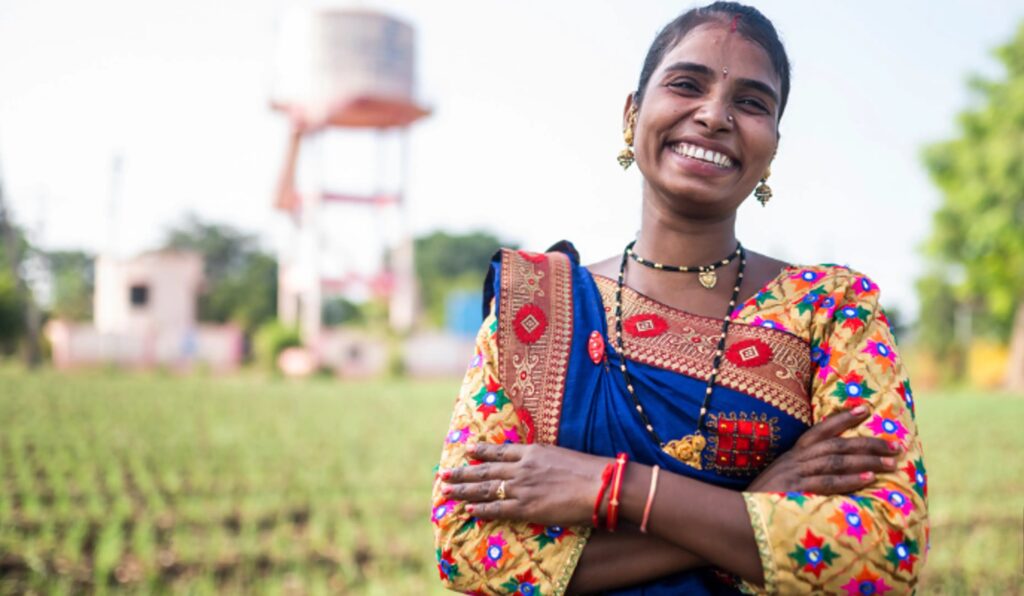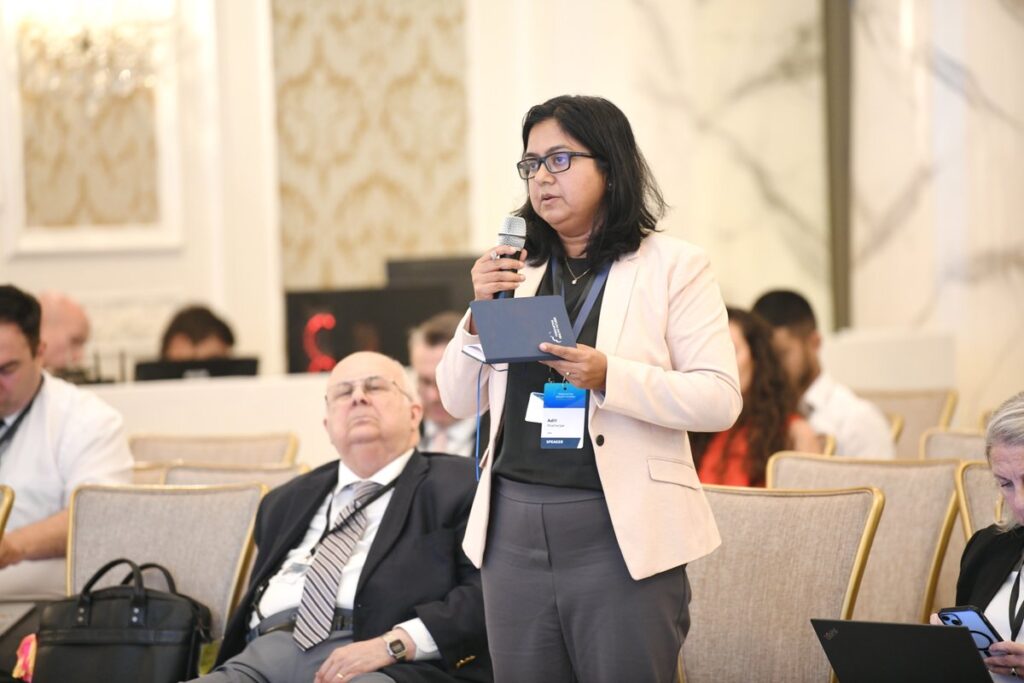
Water scarcity is a pressing issue in many parts of India, particularly in rural areas where traditional water sources are dwindling Women, who frequently experience the challenges of water scarcity, are taking the lead in implementing creative water storage solutions. Their stories are not just about overcoming challenges; they represent resilience, creativity, and a profound commitment to community well-being.
The Trailblazer: Dr. Aditi Mukherjee
Dr. Aditi Mukherjee, a hydrologist based in the arid regions of Rajasthan, has dedicated her career to developing sustainable water storage solutions. Recognizing the plight of local women who travel long distances for water, she initiated the “Rainwater Harvesting Project.” Through her leadership, Aditi collaborated with local women to construct rainwater harvesting systems, allowing families to collect and store rainwater during the monsoon season.
This initiative not only alleviated the burden of water collection but also empowered women by involving them in the decision-making process. The systems have transformed numerous households, enabling them to secure water for drinking and irrigation, and providing a lifeline during dry months. Aditi’s work has inspired similar projects across the region, showcasing the potential of grassroots initiatives in tackling water scarcity.
The Visionary: Neelam Sharma
In the state of Gujarat, Neelam Sharma, a community leader and environmental activist, recognized the potential of traditional water conservation methods. Her initiative, “Jal Sanchay,” focuses on reviving ancient practices like step wells and check dams. Neelam worked closely with local women, teaching them the importance of preserving these historical structures and the role they play in sustainable water management.
Through workshops and community meetings, Neelam has mobilized women to take charge of the restoration process. The revitalization of these water bodies has not only increased groundwater levels but has also fostered a sense of community ownership. Neelam’s efforts have led to improved agricultural productivity and have reduced the time women spend fetching water, thereby allowing them to engage in other economic activities.

The Innovator: Rina Patel
Rina Patel, a young engineer from Maharashtra, has harnessed technology to address water storage issues in her village. Concerned about the inconsistent water supply, Rina developed an innovative solution using smart sensors for rainwater harvesting systems. Her project, “Smart Water Storage,” enables households to monitor water levels and quality through a mobile app.
By training local women on how to use this technology, Rina has created a ripple effect of awareness and engagement in water management. The initiative not only empowers women but also promotes sustainable practices, ensuring that communities make the most of available water resources. Rina’s work demonstrates how merging traditional methods with modern technology can create impactful solutions.
The Community Organizer: Kavita Singh
In Uttar Pradesh, Kavita Singh has become a beacon of hope for her community through her initiative, “Water Warriors.” Kavita recognized that education is key to sustainable water practices. She conducted workshops that emphasized the significance of water conservation, proper hygiene, and effective water storage methods. By involving local women as trainers, she empowered them to become leaders in their own right.
Kavita’s efforts have led to the construction of community water tanks and the implementation of water conservation campaigns. These initiatives have transformed community attitudes towards water usage and have significantly reduced wastage. Her grassroots approach has inspired neighboring villages to adopt similar practices, amplifying the impact of her work.
Conclusion
The stories of Aditi Mukherjee, Neelam Sharma, Rina Patel, and Kavita Singh illustrate the transformative power of women-led initiatives in addressing water storage and management in India. Their dedication, innovation, and leadership not only tackle immediate water scarcity challenges but also inspire future generations to champion sustainable practices. As these women continue to lead the way, they pave the path for a more water-secure future, proving that when women thrive, communities flourish.


